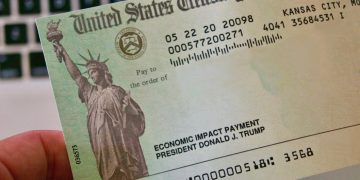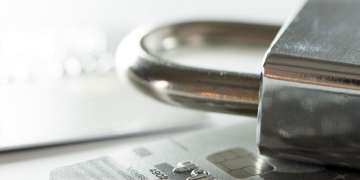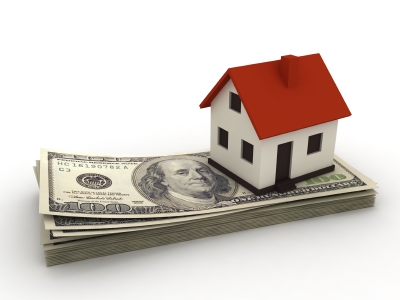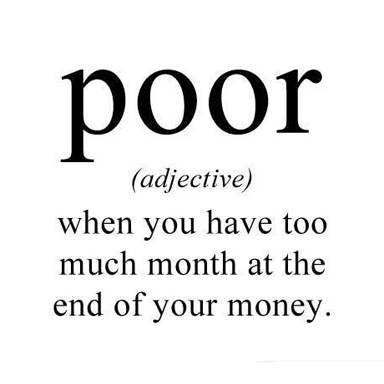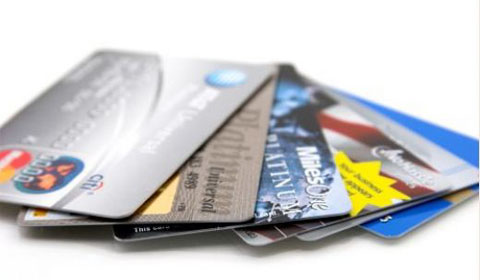For consumers considering a credit card, there is a great variety of cards available on the market being offered and many of these are often enticingly advertised as being cheap. This raises the question for many consumers, who might be inundated with choice, as to whether a cheap card can really be a good card.
One of the keys things to note when considering the true cost of a card is that there is a difference between just interest rates and the annual percentage rates, otherwise known as APR. It is also important to note other fees that may be incurred with the possession of a card.
When a card is used to make a purchase or payment, effectively, the card provider is lending money to the holder of the card. The interest rate on a card represents just the rate of interest paid by the card holder for the use of this money.
If this credit is repaid in full within the stipulated time, it is usually the norm that no interest is charged. However, the APR on a card is usually more substantial. The APR factors in the interest rate on the card, initial fees which banks may charge for a finance deal and other fees that may be applicable to the financial deal.
There is also a difference between fixed APRs and variable APR. The latter is more common with many card rates. This may mean that although the initial or first year APR may be low and advertised as such, the interest rates can and do change from year to year, usually increasing after the initial period.
In the UK, it is legally mandatory for card providers to prominently disclose this APR figure before the card application is finalized, as a means of guaranteeing comparability of the card costs.
Card providers are allowed to advertise their monthly interest rates, which at first glance may make them come across as cheap, but the more important figure which they have to clearly state before an agreement for a credit application is signed is the APR.
In general then, the lower the APR, the less financial cost card holders will incur. However, this is not the only fee to consider when comparing cards. There may also be penalty fees incurred for late repayment and other costs, such as balance transfer fees, cash withdrawal fees and interest on purchases.
As such, there are some important considerations for any consumer before applying for a card. Most importantly, the purpose of possessing the card needs to be clearly established when considering applying. A cheap card may not necessarily be the best card for you.
If, for example, the card is to be used mainly for purchases, then you may want to consider a card with low interest on purchases. Nevertheless, most cards do not usually charge interest on purchases if the credit balance is cleared within the grace period each month.
This grace period is important and it must be noted that some cheaper cards are very stringent on this. If you do always pay off the credit balance within this period, the interest rate becomes fairly irrelevant. Instead of just looking for cheap cards then, it is best to look for cards that will best reward spending.
If however, a card is to be used mainly for balance transfers to clear debt off another card, look for card deals with a low balance transfer rates. Many cards often have introductory deals on both purchase and balance transfers, often offering a 0% rate on both.
For those who are looking for a card but cannot afford to pay off the balance fully each month, a temporary but more suitable solution might be a card with a low introductory offer or a low standard interest rate.
Another alternative is to consider applying for different cards specifically selected for each different purpose – one for balance transfers and another for purchases.
This article was brought to you by the awesome folks at Money Supermarket. Be sure to check them out if you plan on applying for any credit cards soon. Remember, I’m paying 0% interest on both of my cards currently.
This article is exclusively written for YesIAmCheap.com and does not have permission to appear elsewhere.


